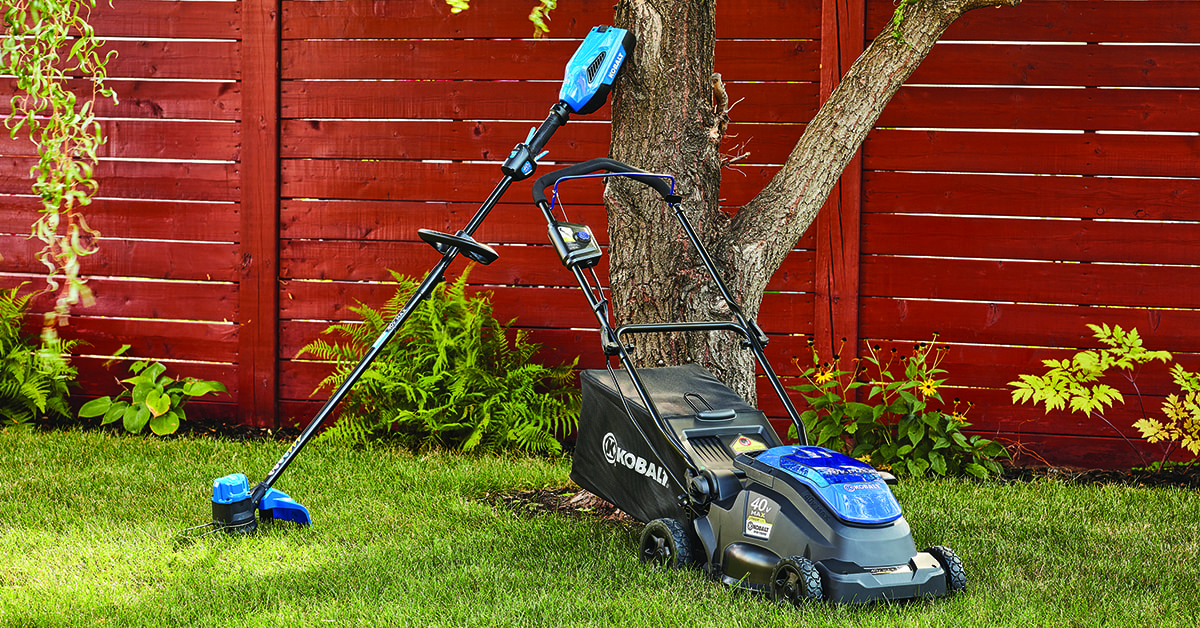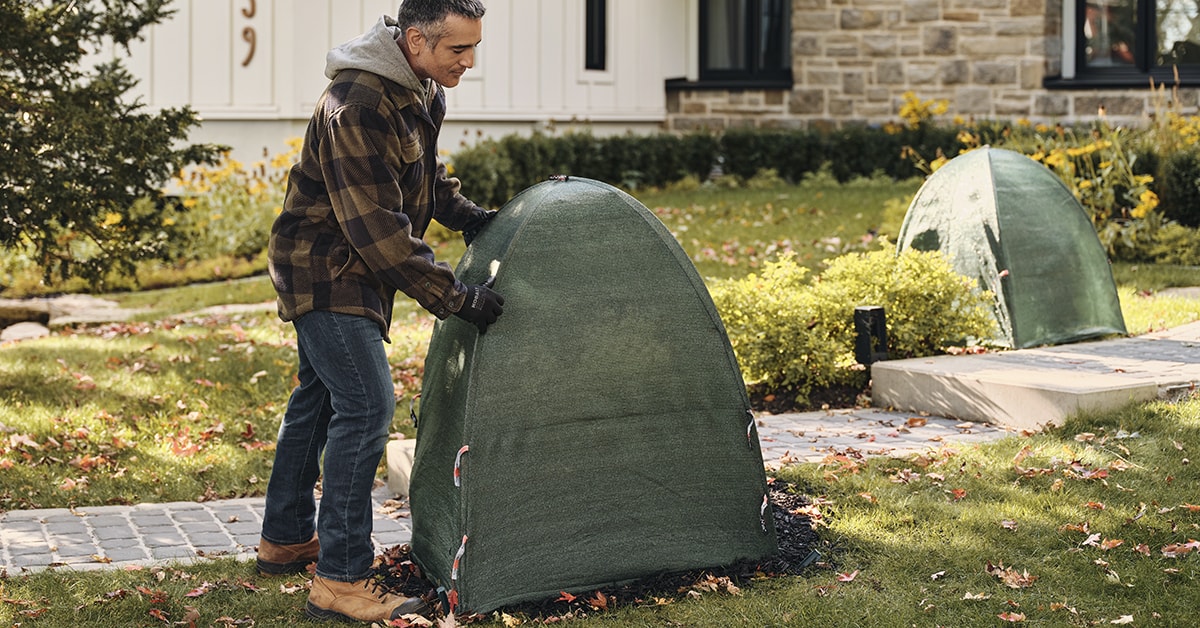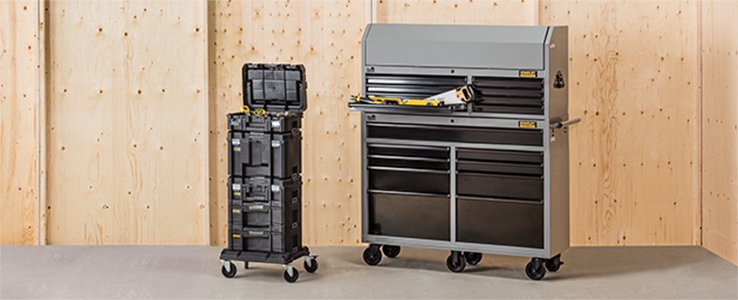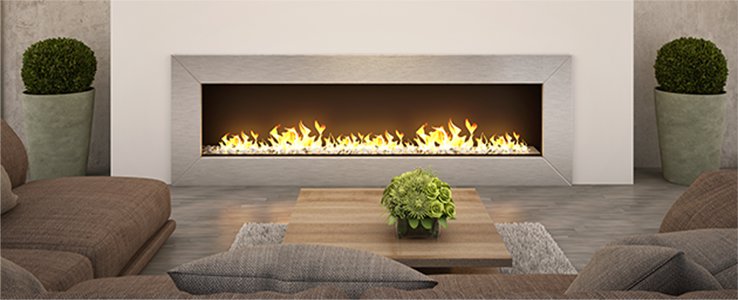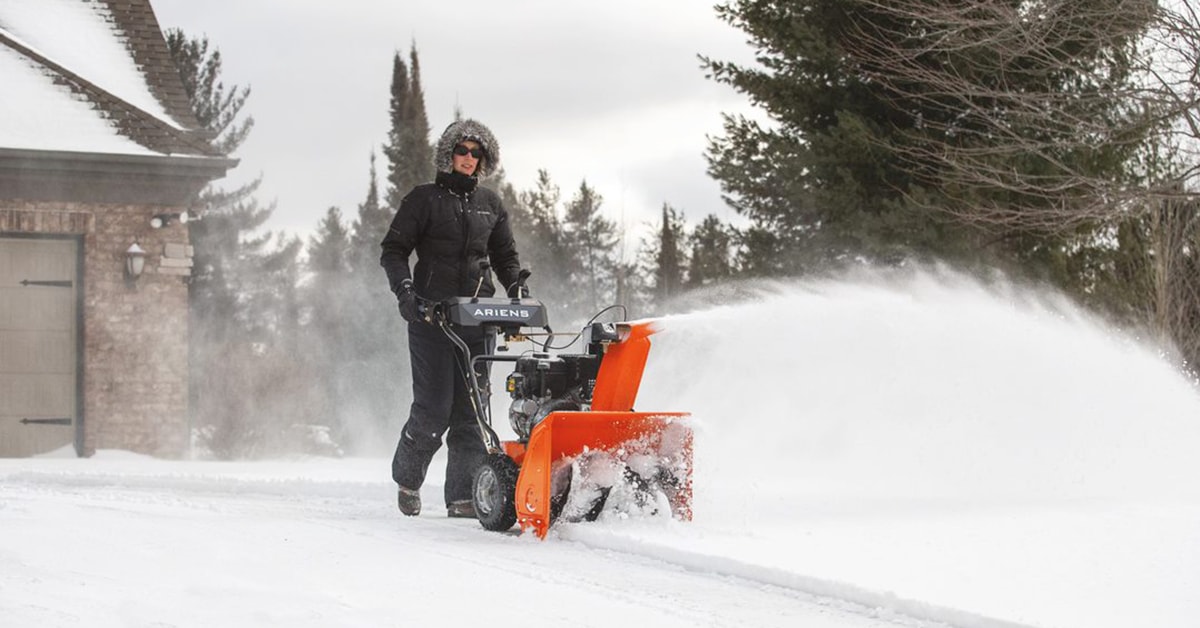
Updated on September 14, 2023
How to Choose the Best Snow Blower
The right snow blower will help you make quick work of clearing snow. Find out which type of snowblower is best for your needs.
Gas or Electric Snowblower: Which Is Better for You?
- Snowfall amount and frequency in the area
- Size of the area to be cleared
- Terrain and surface type
- Budget considerations
- Additional features and accessories
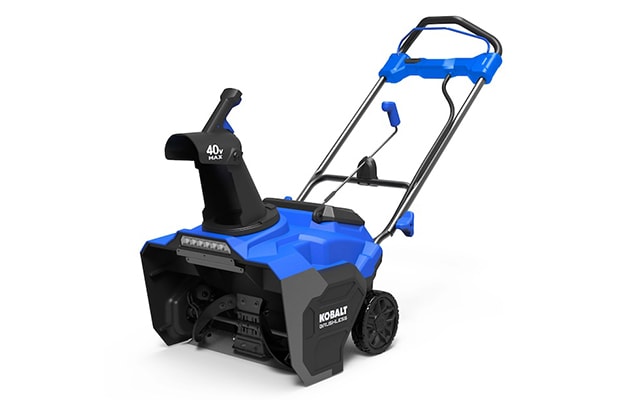
Electric / Battery-Powered Snowblower
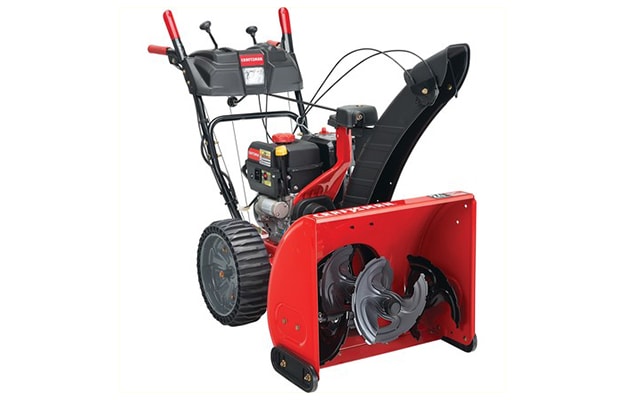
Gas Snowblower
Types of snow blowers
Here is an overview of the unique benefits and drawbacks of the 5 main types of snowblowers to help you make a quick and informed choice:
Type | Great for | Pros | Cons |
Cordless Electric Snowblower | Light to moderate snowfall (walkways, porches, patios and decks, and small driveways) |
|
|
Corded Electric Snowblower | Light to moderate snowfall (walkways, porches, patios and decks, and small/medium driveways) |
|
|
Single-Stage Gas Snowblower | Light to moderate snowfall (walkways and small/medium driveways) |
|
|
Two-Stage Gas Snowblower | Heavy snowfall with ice (walkways and medium/large driveways) |
|
|
Three-Stage Gas Snowblower | Heavy snowfall with ice (large driveways and parking lots) |
|
|
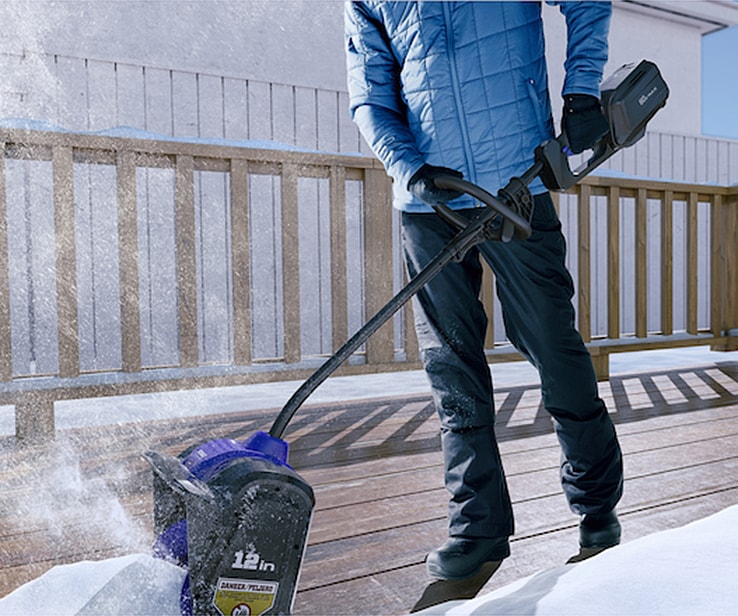
What About Electric Snow Shovels?
How Gas Snowblowers Work
Single Stage Snow Blowers (also called “snow thrower”)
Inside of a single stage snowblower, there are two rotating rubber blades that touch all the way down to the ground and gather up snow in the snowblower’s path. The blades push the snow into the chute, gathering it and launching it in one single motion.
Two Stage Snow Blowers
In the first stage of a 2-stage snowblower’s operation, two serrated, high-resistance augers gather the snow inside of the snowblower. In the second stage, a high-speed turbine pushes the snow up through the ejector.
Three Stage Snow Blowers
A 3-stage snowblower also uses two steel augers to gather and push the snow into the machine. Then, before the snow is pushed into the turbine, it goes through an accelerator. This allows 3-stage snowblowers to launch snow as far as 50’ away at a rate of about 50% faster than a 2-stage snowblower.
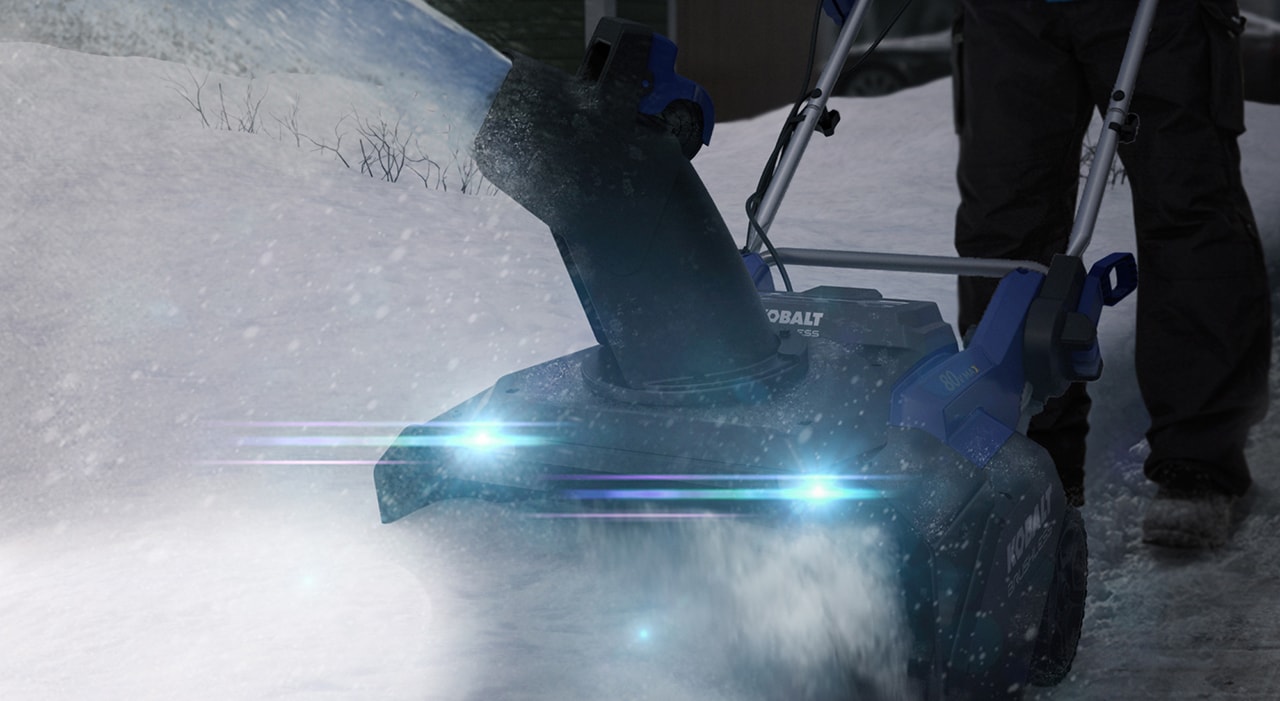
Snowblower Features to Consider
Variable Speed
Multi-stage snowblowers often have multiple forward speeds and one or two reverse speeds as well. This can come in handy by preventing clogs when clearing heavy snow. It also provides more control over your pace.
Power Steering
For even greater control with 2- and 3-stage snowblowers, choose a model that offers power steering. You’ll be able to manoeuvre the snowblower with minimal effort, turning left or right on the dime.
Self-Propulsion
Select 2- and 3-stage snowblowers also offer self-propelled drive, which keeps the snowblower moving without you needing to push. It also makes for easier steering and provides greater power in large snow drifts.
Chute Control
A snowblower that comes with an adjustable chute, whether controlled by a remote tilt, a crank, or a switch, will allow you to direct the discharged snow exactly where you want it.
Headlight
An LED headlight can be useful when you need to clear snow early in the morning or after the sun has set on those short winter days.
Heated Grips
Sometimes, even a good pair of gloves can’t keep back the winter chill. Heated handle grips will keep your hands warm during longer snow-clearing sessions.
Accessories
There are numerous additional snowblower accessories that you can get to make clearing snow quicker, more convenient, and more enjoyable. Snow chains, for example, will provide greater traction on icy surfaces. Skid shoes are a must-have on uneven ground, while drift cutters are essential for areas that see heavy snowfall and strong winds.
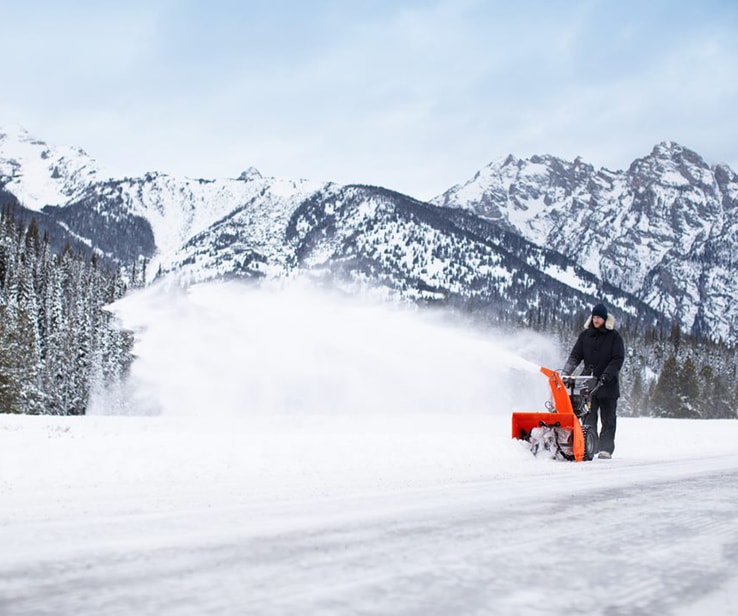
How to Use a Snowblower Properly
- Make sure that you are using a snowblower that is sized to your height and that you can manoeuvre effectively.
- Clear slopes in an up and down manner. Moving across the snow face can damage the snowblower.
- If you are using a single stage snow blower, try to clear the snow as soon as possible, before it has a chance to compact.
- For smaller driveways, balconies, or walkways, use a single stage snow blower
- For driveways that can accommodate about two to four cars, use a 2-stage snowblower.
- For large driveways that can accommodate over four cars, use a 3-stage snowblower.
Pro Tip
Never finish using your snow blower on snow that is dirty from road traffic. Always plan to end off with clean snow. This will effectively clean the interior of your snowblower and help prevent corrosion.
How to Maintain Your Snowblower
- Do not attempt to use a single stage snowblower on snow banks, as this may cause damage to the rubber auger.
- For gas-powered snowblowers, you’ll need to inspect the spark plugs at the beginning of the season, replacing them if needed. Gas-powered snowblowers also require an annual oil change to avoid engine damage.
- Keep extra drive belts and shear pins on hand to ensure that your snowblower can always run when you need it the most.
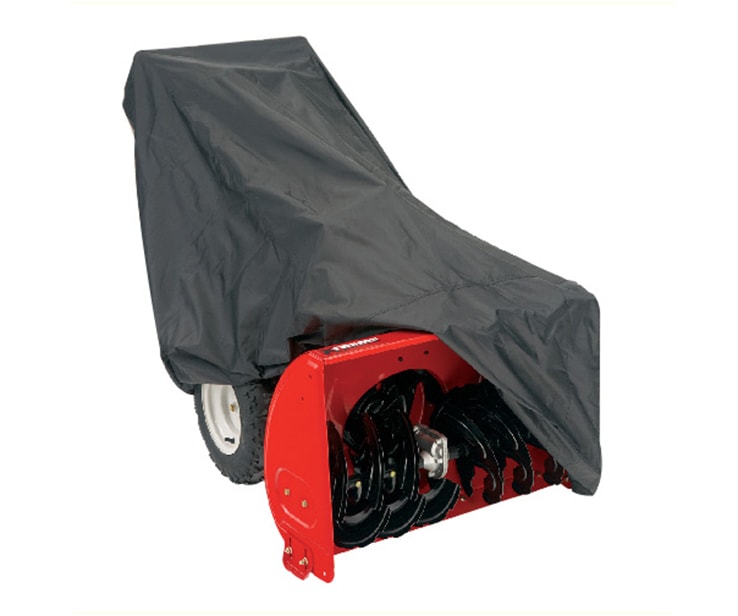
How to Store Your Snowblower Properly
- Store your snowblower away from sources of moisture to keep corrosion at bay. A snowblower cover can help.
- As winter winds down, try to use up the rest of the gas so that you can store your snowblower with an empty or near-empty tank.
- Make sure the motor is empty before storing your snowblower. You can do so by allowing it to run until it shuts off, repeating until the motor doesn’t start anymore.















